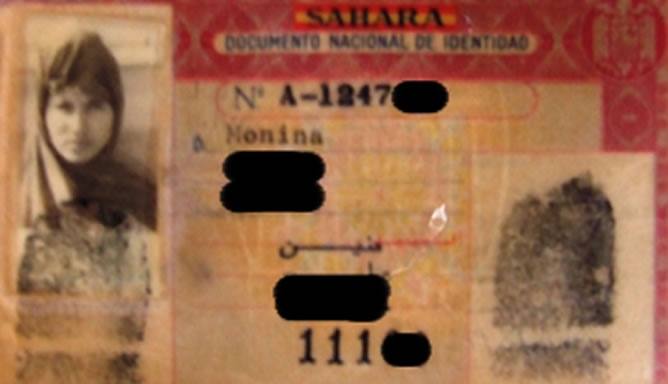

Without the intervention of these US-sponsored Ingos, the political landscapes in countries like Georgia, Ukraine and Kyrgyzstan would not have been repainted in new colours.

The main and direct causes of the colour revolutions were United States foreign-policy interests (strategic expansion, energy security and the war on terrorism) as they were serviced by International Non-governmental Organisations (Ingos). Although there might be other variables that are also able to determine the color revolution, these four criteria can still be the fundamental conditions for a color revolution. The anti-regime forces that arouse in post-Soviet countries can only be transformed into a successful color revolution if these criteria are fulfilled. Lastly, the anti-regime forces should also be motivated by the grievances on the corrupted government, which is supported by a foreign state which the people do not desire. Most importantly, the demand for such improvement should be massive among the population. Thirdly, the revolution must not be ideological it must be for the sake of better national integration, freedom, liberal democracy and economic development. Secondly, the anti-regimes forces are enforced by mass-media and foreign influences. Besides these four revolutions, such political upheavals also impacted other post-Soviet countries with related and connected anti-regime’s reactions and movements.Īnalysing the color revolutions it was found that they had been successful only, if four criteria are simultaneously satisfied:įirstly, their incumbent leader of the regimes must be very unpopular and face the so-called „lame-duck syndrome”, which refers to the elite defection related to their expectation about the future. Scholars witnessed a „bulldozer revolution” in Serbia in 2000, a „rose revolution” in Georgia in 2003, an „orange revolution” in Ukraine in December 2004 and then a „tulip revolution” in Kyrgyzstan in early 2005. However various political upheavals that have that happened following allegations of electoral fraud in national elections since 2000 seem to indicate some bourgeois democratic changes. The transplant of capitalist liberal democracy to the post-Soviet regimes is not so successful due to the very bad experience of the often silent populations. Most of these countries did not fully make the transition from socialism to capitalist bourgeois democracy but instead appeared as „hybrid regimes” which inclines more to autocracy. However, the ex-Soviet system still exerted an influence on the political development of these countries. The peculiarity of these revolutions was that they were all aimed at bringing about closer relations of the countries with the USA and the West, and they followed the method of „non-violent resistance”, which American strategists had elaborated in the framework of the „Freedom House” project.This was carried out through subversive measures and the organization of revolutions that had been executed in the Third World under the direction of the CIA.Īfter the dissolution of the Soviet Union, ex-socialist countries in Eastern Europe and Central Asia had been able to gain their „independence”. Their meaning consisted in bringing to power openly anti-Russian, pro-Western, and often nationalistic political forces in the countries of the Commonwealth of Independent States (CIS), and thereby finally tearing these countries away from Russia, to frustrate integration, and in the long term to include them in NATO as occurred in the Baltic countries.

GEORGE SOROS’ OPEN SOCIETY FOUNDATIONS AND THEIR ROLE IN COLOR REVOLUTIONSĪfter the breakup of the Soviet Union, the „color revolutions” began to unfold intensely.


 0 kommentar(er)
0 kommentar(er)
